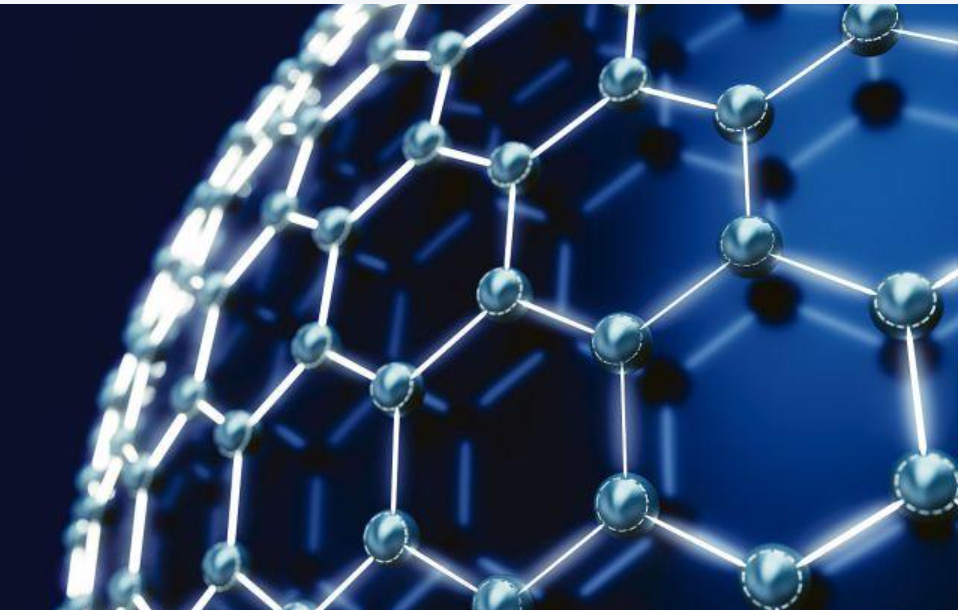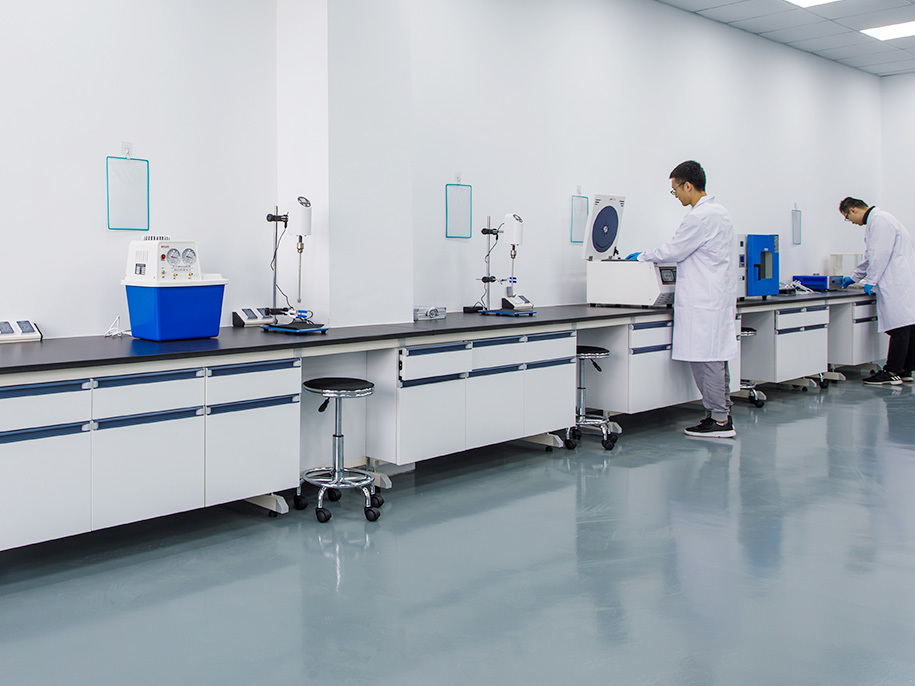How to Make Graphene-Reinforced Composites at Home?
Introduction
I’ve always been fascinated by how adding a little graphene could significantly enhance the mechanical, thermal, or even electrical properties of a material. I used to think only high-end labs could do this. But after reading tons of research papers and DIY articles, I decided to give it a try myself.

So I spent 4 days collecting the materials, experimenting with mixing techniques, and testing the final product. Guess what? It worked. Now I’ll show you how you can make your own graphene-reinforced polymer composite at home — simple, effective, and budget-friendly.
Most online tutorials are either overly theoretical or require access to industrial-level tools. This article combines practical methods with commonly available materials. It’s perfect for enthusiasts, students, or material science newbies.
List of Items
Here’s a complete list of what you need. While some tools like a stirrer or vacuum desiccator are optional, using them will improve your composite’s quality.
Materials List
| Item | Quantity | Remark |
|---|---|---|
| Graphene powder or dispersion | ~1g | rGO or graphene oxide is fine, depending on your purpose. |
| Epoxy resin or thermoplastic | ~50-100g | Common brands like EPOXY A/B, or PLA/ABS for thermoplastics. |
| Solvent (e.g. ethanol/acetone) | 10-20ml | Used to help disperse graphene. |
| Curing agent or hardener | As required | Comes with epoxy resins. |
| Mold or flat plate | 1 | For shaping or forming the composite. |
Optional Tools
-
Ultrasonic cleaner (for dispersion)
-
Magnetic stirrer or hand stirrer
-
Oven or hot air gun (for curing)
-
Vacuum chamber (for degassing bubbles)
DIY Steps
Step 1. Prepare the Graphene Dispersion
If your graphene is in dry powder form, you’ll need to disperse it. Add about 1g of graphene to 10ml of ethanol or acetone. Stir it vigorously or use an ultrasonic cleaner for 30 minutes. The goal is to break up the agglomerates and get a uniform dispersion.
Tip: Adding a small amount of surfactant (like SDS) may help, but it’s optional for simple DIY versions.
Step 2. Mix Graphene with Resin
Take your base polymer — epoxy resin, PLA pellets, or ABS shavings work well. If you’re using epoxy:
-
Mix part A (resin) with the dispersed graphene slowly.
-
Stir continuously for 10–15 minutes until well mixed.
-
Add part B (hardener) and stir again as per manufacturer’s instructions.
If using thermoplastics like PLA:
-
Mix the thermoplastic with graphene powder in solid form.
-
Heat the mix with a hot gun or oven (around 180–200°C for PLA).
-
Stir or knead until it looks uniform.
Step 3. Remove Bubbles
Air bubbles in your mixture will reduce the strength of the composite.
-
Method 1: Use a vacuum chamber to remove bubbles (best option).
-
Method 2: Tap the container or use a heat gun gently from the surface to release trapped air.
Step 4. Mold and Cure
Pour the mixed graphene-polymer compound into a mold or onto a flat surface with mold release film. Let it settle.
-
For epoxy: let it cure at room temperature for 24 hours or bake at ~60°C for 2–3 hours.
-
For thermoplastics: press the material into shape while warm and let it cool gradually.
Step 5. Test and Polish
After curing, your graphene composite should be hard and tough. You can cut or polish it for further tests.
Try scratching it, bending it, or testing electrical conductivity if your graphene load was high enough. The results may surprise you.
Final Thoughts
I didn’t expect that adding just 1% graphene would make such a noticeable difference in the material’s feel and strength. Of course, this is just the beginning — with better tools and higher purity materials, the performance can be even more amazing.

